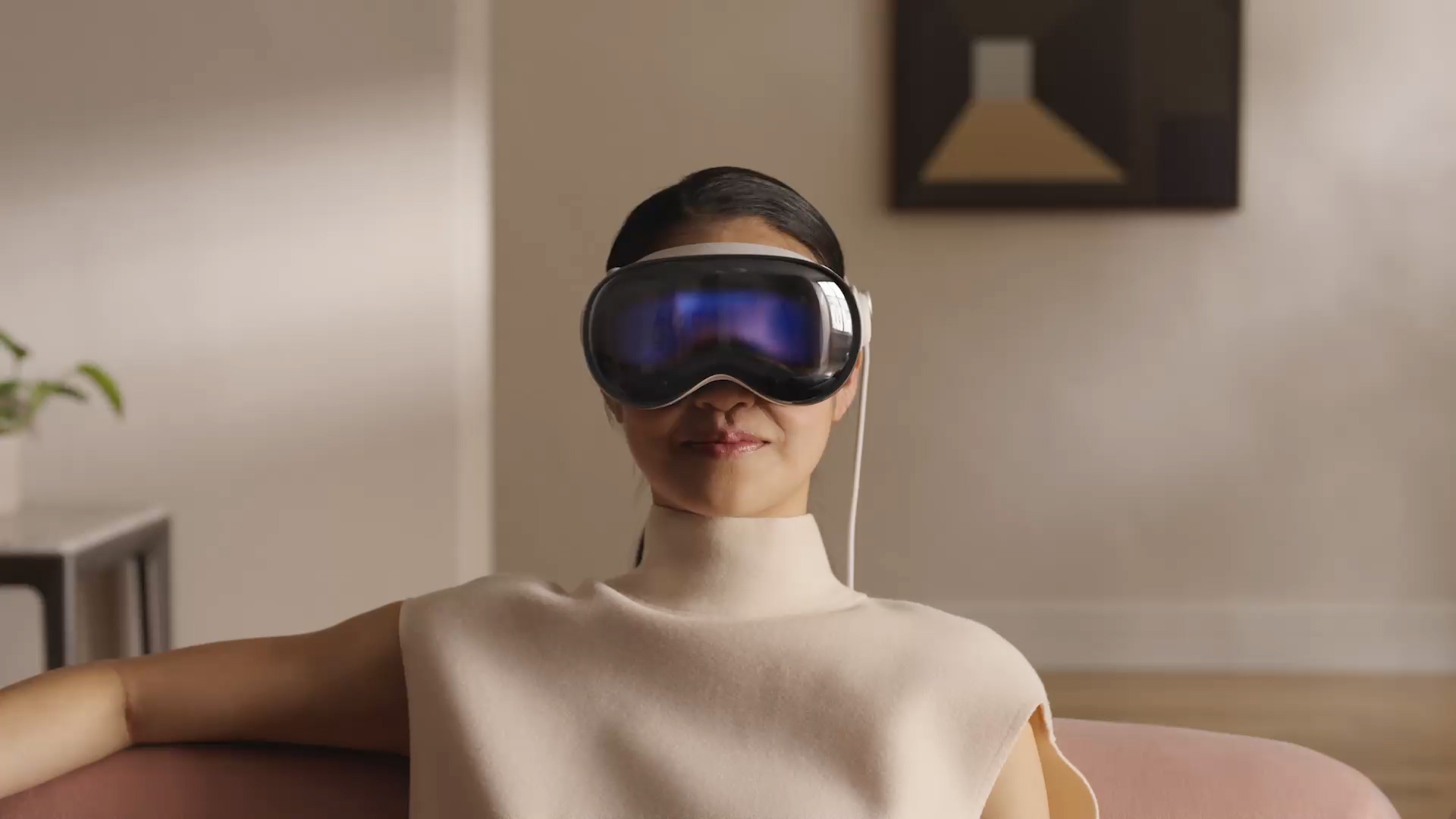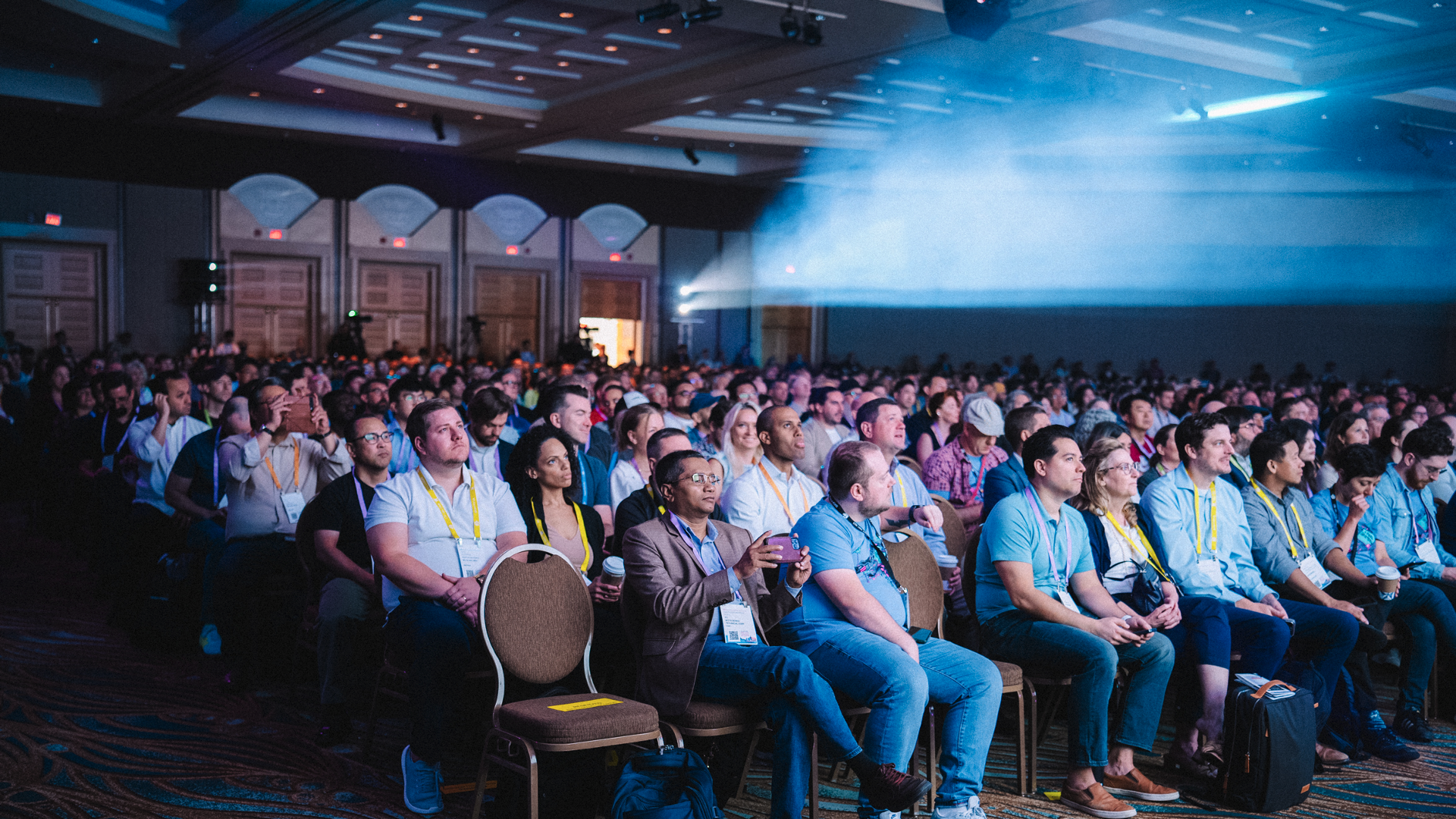Welcome to the ninth installment in our blog series that looks at some of the ongoing and emerging trends across XR industry, which collectively includes Augmented Reality (AR), Virtual Reality (VR), and Mixed Reality (MR) technologies. Here, we’ll be looking at how Artificial Intelligence (AI), Machine Learning (ML) and Virtual Beings are powering intelligent AR/VR experiences, and what this means for the future of the Metaverse in general, as users place more importance on their experiences and interactions within the digital world.
Artificial Intelligence, Machine Learning and Virtual Beings all have an important role to play in the furthering of XR technology. Things such as object or scene recognition can benefit from AI, given that if a device or app knows what object it is looking at and has an understanding of the environment in which it is viewing it, levels of immersion and realism can be greatly enhanced.
Companies such as TeamViewer have recently introduced their own AI image and object recognition platforms to benefit users operating in the digital sphere. In TeamViewer’s case, its new ‘AiStudio’ add-on will enable enterprise organizations to add AI capabilities to their day-to-day operations and improve their processes for AR-equipped frontline workers via AI-powered automated verification. This means for example, that an AI would be able to learn about the correct types of safety equipment required for certain tasks, and then automatically verify (via the cameras on an AR device) that this equipment is present prior to tasks being performed.
In addition to image and object recognition, there is also the potential that AI offers when it comes to understanding a user’s entire surroundings. There is already SLAM (Simultaneous Localization and Mapping) technology in use across many AR platforms, as it helps map an environment based on visual or lidar-based inputs from a camera. With AI, these maps and the general surrounding environment can be understood by devices, allowing for more advanced techniques such as occlusion, which helps digital objects feel as if they are actually in a space by blending them with a scene. For example, say you are running an AR experience in your living room, and there is a couch in the way. An AI would be able to understand that what you are looking at is a couch (via object recognition), and then alter the experience around that.
Now, imagine scaling that up to an entire city scale, and think of the potential that machine learning offers to unlock a range of new experiences. In a similar way to how autonomous vehicles navigate the world today, this same sort of approach could be used for AR, wherein AI is utilized to understand the world around you on a smart glasses platform for example. Except instead of parallel parking your car for you, an AI could give you a heads up notification that lets you know the pizza joint you just passed has a buy one, get one free offer running, or visual navigation instructions to happy hour with bottomless mimosas at the bar just around the corner. Or, if your boss is calling at 4:50pm on a Friday afternoon, where the nearest tunnel is for terrible cell service.
As well as AI, the XR industry is going to see more virtual beings—digital characters that live in digital spaces, but have the ability to grow and build two-way relationships with humans and interact via social media and other platforms. In many cases, virtual beings are powered with AI, and well-known examples include virtual assistants such as Siri, Alexa, and Google Assistant.
However, as the metaverse ecosystem grows, there will be a need for AI assistants to also have a digital appearance so that people can interact with them more naturally. Companies such as Soul Machines are providing solutions for this need with their ‘Digital People’. Soul Machines believes that these Digital People will be able to help fulfill a range of needs and roles, from providing customer support, or acting as product consultants, online bankers, brand ambassadors, healthcare assistants, and even digital celebrities.
As well as Digital People, there are also existing ‘Virtual People’, like Miquela Sousa, or Lil Miquela, a 19-year-old Instagram influencer with over 3 million followers. Miquela doesn’t exist on an app and isn’t like an NPC in a video game, but she in fact exists on social media and fulfills the aforementioned digital celebrity role.
To power these Digital and Virtual People you of course need a powerful AI. For this, there are companies like Inworld AI, which provides a developer platform for creating AI-powered virtual characters to populate immersive realities including the metaverse, VR/AR, games, and virtual worlds. With Inworld’s platform, creators are able to develop and build intelligent virtual characters who naturally interact, emotionally behave, intuitively learn and individually express who they are.
The place of virtual beings within the XR market is still being solidified, but as our digital identity becomes merged with our physical world, the requirement for digital friends, guides, and beings with which we can interact in the metaverse becomes clear.
AWE USA 2022 will once again be featuring its “AI & Virtual Beings” track this year, which will explore the relationship, importance, and applications of Artificial Intelligence in XR, including Avatars, Virtual Beings, Holograms and the current and future generations of digitally-created “humans”.
Some of the best talks from this year’s event that will cover AI, Machine Learning and Virtual Beings include:
Don’t miss the world’s leading conference for all things Augmented, Virtual and Mixed Reality, taking place June 1-3 in Santa Clara, California.
Header image source: Soul Machines



